It’s not just legislation that the Left is pushing in the wake of their total takeover of the government this week.
No, their media lackeys allies are continuing to push the narrative that Americans want more gun control — and that the Evil Conservatives™ in state legislatures are pushing weakened gun laws despite this.
Never ones to shy from waving the bloody shirt, the left has routinely pushed for stricter gun control after mass shootings, never mind that murder is already illegal.
The latest broadside is from the UCLA-Anderson Review and is entitled “The Odd History of Gun Legislation Following Mass Shootings.”
The “researchers” use the 2019 Pew Survey showing that — supposedly — 60% of Americans favor stricter gun control. Unfortunately, the way the questions are phrased are somewhat misleading.
For instance, Pew finds that most people support background checks at gun shows and between private individuals. Except that most sales at gun shows are from licensed dealers and — yes — require a background check. Moreover, regulating private sales of firearms is constitutionally problematic.
Naturally the other things “supported” includes “high capacity ammunition magazines” (at least they’ve stopped calling them “clips”) and “assault-style weapons.”
These have been the bugaboo of the left since the 1994 assault weapons ban expired back in 2004 and they’ve been trying to get them banned ever since; never mind that they’re only used in a tiny percentage of crimes, of which mass shootings are an even smaller percentage.
Even the Review had to acknowledge that fact, stating:
… research by Harvard’s Michael Luca and Deepak Malhotra and UCLA Anderson’s Christopher Poliquin, published in the Journal of Public Economics, found over a 25-year period that, in the wake of a mass shooting, state legislation adopted into law was actually more likely to loosen gun regulation than to tighten it.
The study from Luca, Malhotra and Poliquin covers 1989–2014, years during which about 30,000 Americans a year died from firearms. (The number has since risen to nearly 40,000 in 2018, according to the Centers for Disease Control and Prevention.) About 56% were suicides, 40% were homicides and the remainder came in accidents or when intent couldn’t be determined. And mass shootings — defined by the authors as a single incident with four or more people killed that isn’t related to drugs, gangs, criminal activity and that doesn’t involve family members or significant others — accounted for only a tiny fraction of the total.
Couple issues here. First, the “died from firearms” rhetoric. No one died from a firearm, as we all know. They either shot themselves or were shot by someone else. They died because someone killed them, and used a tool to do it. Second, there are solid reasons why state legislatures, more likely to be conservative and therefore more likely to have at least some clue about firearms, are more likely to relax restrictions than layer on new ones.
People who understand things like police response times and, you know, objective reality, understand that the police cannot be everywhere; that in the case of mass shooters in particular, the sooner they are confronted the sooner they’re stopped.
Moreover, if we should have learned anything from Parkland, it’s that you simply cannot trust the police with your safety in an active shooter situation.
As the Review notes:
The Republican-led legislatures enacted 120% more laws that made it easier to buy, own and carry firearms in the year after a shooting. For example, after 17 students and faculty were murdered in a 2018 shooting at Marjory Stoneman Douglas High School in Parkland, Florida, the Republican-controlled legislature in Florida passed a law that allowed arming teachers and other school staffers. In the year after a shooting at Santa Fe High School killed 10 students and teachers, Texas expanded a program for training teachers to carry weapons.
Yes, because an imperfect, armed response now is infinitely preferable to a prefect response later after the shooter has already racked up a body count.
The Review continues:
Increased support for gun control doesn’t mean that adopting new laws will be easy, and resistance to the laws remains intense. Even as new firearm restrictions are enacted, more than 400 cities and towns in 20 states have adopted “Second Amendment sanctuary” resolutions that oppose enforcement of the laws, reports The Trace, an investigative journalism organization tracking gun violence.
Again, it’s arguable just how much “support” for gun control there really is, particularly given the ongoing firearm and ammo shortages, but the sanctuary resolutions are something we can expect to see continue as the new regime pushes for stricter laws to appease their base.

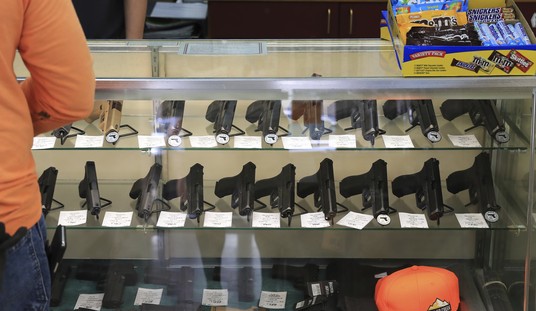
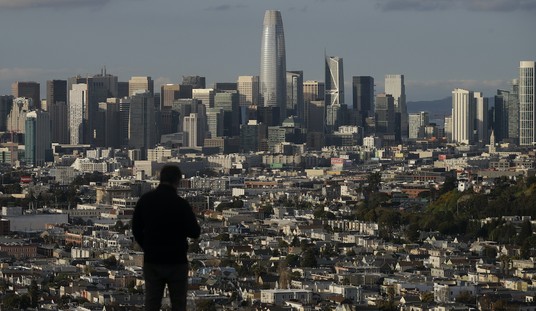

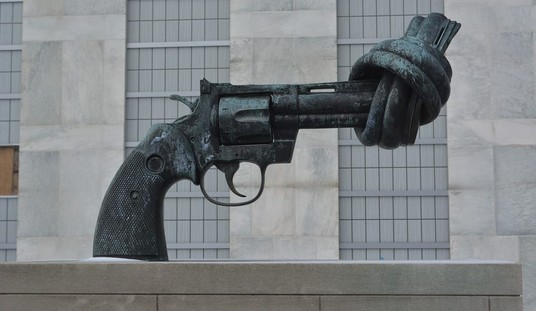

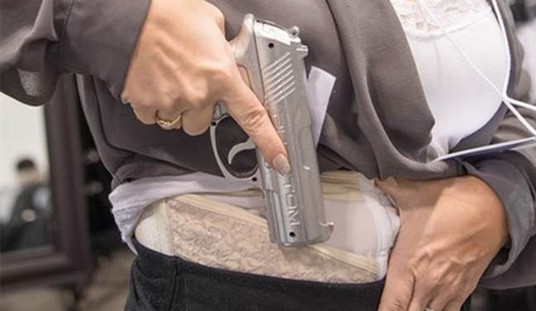
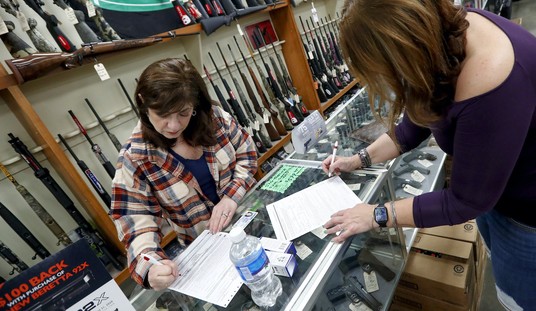
Join the conversation as a VIP Member